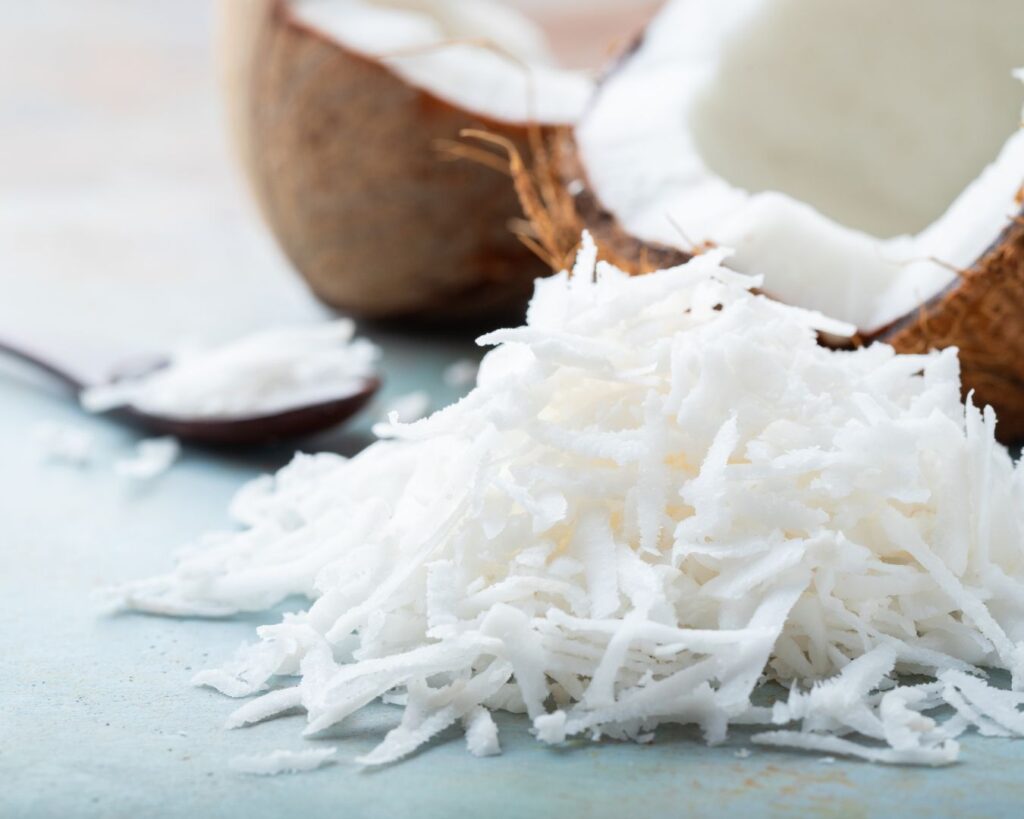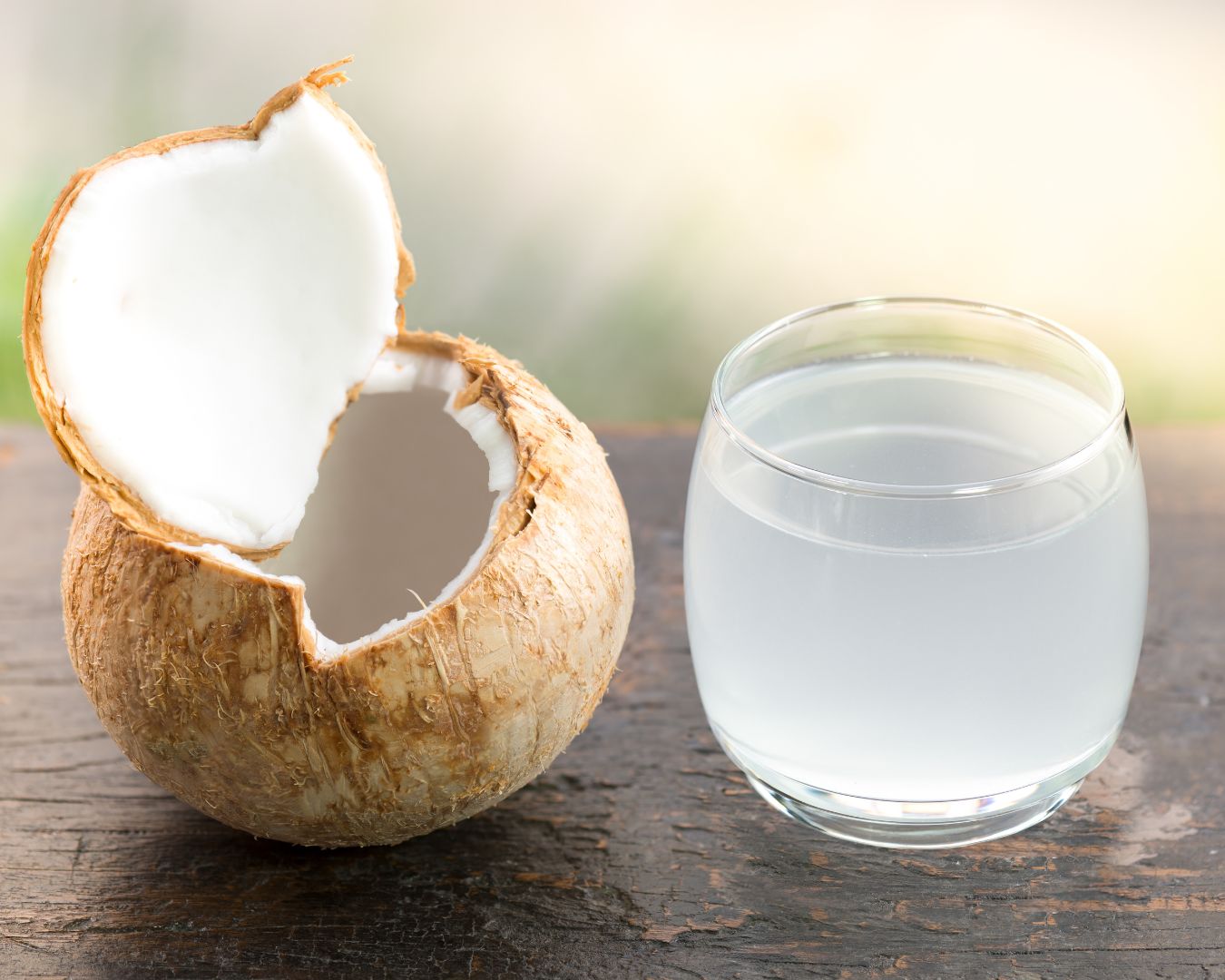How to Open and Prepare Fresh Coconuts in the Kitchen
Fresh coconuts are a tropical delight, offering rich, creamy coconut water and tender, flavorful meat that can be used in a variety of dishes. However, opening and preparing a fresh coconut can seem daunting if you’ve never done it before. In this guide, we’ll walk you through the process step by step, from selecting the right coconut to cracking it open and preparing it for your favorite recipes. Whether you’re making coconut milk, coconut flakes, or just enjoying the fresh meat, this post will help you make the most of this versatile ingredient.
Step 1: Selecting the Right Coconut
Before you start, it’s important to choose a good-quality coconut. Here’s what to look for:
- Weight: A fresh coconut should feel heavy for its size. This indicates that it’s full of coconut water.
- Sound: Shake the coconut close to your ear; you should hear the water sloshing inside. If you don’t hear any water, the coconut might be old and dried out.
- Shell Condition: The shell should be free of cracks, mold, or soft spots. A healthy, fresh coconut will have a hard, intact shell.

Step 2: Draining the Coconut Water
Before you crack open the coconut, you’ll need to drain the coconut water. Here’s how:
- Locate the “Eyes”: On one end of the coconut, you’ll notice three small, round indentations known as “eyes.” One of these is usually softer than the others.
- Pierce the Eye: Use a clean screwdriver, nail, or another sharp tool to pierce through the softest eye. Push through until you create a hole that’s large enough for the water to flow through.
- Drain the Water: Hold the coconut over a bowl or glass and drain the water completely. Coconut water is delicious on its own or can be used in smoothies and other recipes.
Step 3: Opening the Coconut
With the water drained, it’s time to crack open the coconut:
- Hold the Coconut: Firmly hold the coconut in your non-dominant hand. If you prefer, you can place the coconut on a stable surface like a towel to keep it from rolling.
- Strike the Equator: Using the blunt side of a heavy knife or a hammer, strike the coconut around its “equator” (the middle of the coconut). Rotate the coconut as you tap around the equator, and you should start to see a crack forming.
- Separate the Halves: Once the crack has developed, use your hands to pry the two halves apart. If needed, give it another tap with the hammer to fully split the coconut.

Step 4: Extracting the Coconut Meat
Now that the coconut is open, you can extract the meat:
- Loosen the Meat: Use a butter knife or a coconut scraper to gently pry the meat away from the shell. Slide the knife between the meat and the shell to loosen it. Be careful and work slowly to avoid injury.
- Peel the Skin: Once you’ve removed the meat, you’ll notice a thin brown skin on the outer side of the flesh. You can use a vegetable peeler to remove this if desired, though it’s edible and doesn’t need to be removed if you prefer.
- Rinse and Dry: Rinse the coconut meat under cold water to remove any remaining shell particles. Pat it dry with a clean towel.
Step 5: Preparing Coconut for Use
Now that you have fresh coconut meat, you can prepare it in several ways:
- Coconut Milk:
- Ingredients: Fresh coconut meat, water.
- Procedure: Blend the coconut meat with water in a high-speed blender until smooth. Strain the mixture through a nut milk bag or cheesecloth to extract the milk. Store in the refrigerator for up to 4 days.
- Coconut Flakes:
- Procedure: Use a grater or food processor to shred the coconut meat into flakes. Spread the flakes on a baking sheet and dry them in a low oven (about 250°F) for 15-20 minutes, or until crisp. Store in an airtight container.
- Coconut Meat for Snacking:
- Procedure: Cut the coconut meat into bite-sized pieces for snacking. Fresh coconut meat can be enjoyed as is, or you can toast it lightly for added flavor.
Opening and preparing fresh coconuts may seem challenging, but with the right tools and techniques, it’s a simple and rewarding process. Whether you’re making coconut milk, flakes, or just enjoying the fresh meat, you’ll appreciate the rich, natural flavors that fresh coconut brings to your kitchen. So next time you see fresh coconuts at the store, don’t hesitate to pick one up and try these steps yourself!

